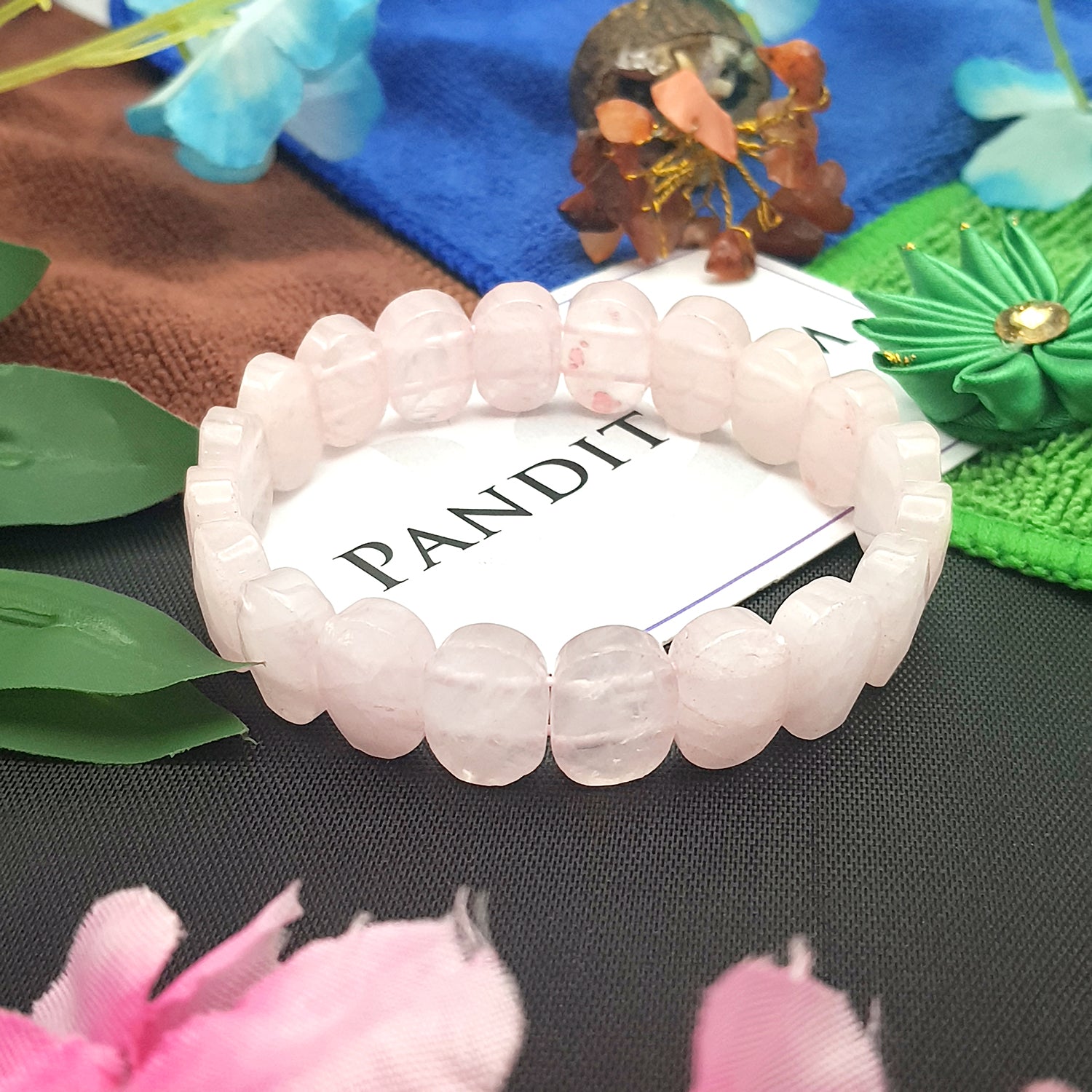ॐ मृत्युंजयाय रुद्राय नीलकण्ठाय शम्भवे ।
अमृतेशाय शर्वाय महादेवाय ते नम: ॐ॥
“Bow to the great Lord Shiva, the ruler of death, Rudra, the blue throated one, Shambhu.
Offer devotion to the immortal Lord, Sharva, the great God Mahadeva”
Hindu mythology has existed as far as centuries back according to the holy Vedas and Puranas. Sawan or Shravana has thus emerged in history as a small yet significant month. Starting from mid July to mid August, this particular month is a sacred period dedicated to Lord Shiva. As per the Tamil calendar, it is also known as Avani and marks the fifth month of the solar year. It is believed that during this time, the universe is charged with the powerful Shiva elements (शिव तत्व), which purify the mind, body and soul through various rituals for Lord Shiva.
According to the lunar religious calendar (चंद्र कैलेंडर), the onset of Sawan is marked on the new moon (Amanta tradition) or the full moon (Purnimanta tradition). However, as per the vedic astrology, Shrawan Maas begins when the Sun enters the zodiac sign Leo (सिंह राशि ). During each full moon (purnima) of this sacred month, the cosmic realm is ruled by the birth star of Lord Vishnu known as Sharavan Nakshtra. During this time, each day is special for the Hindu devotees, as they keep fasts and celebrate several festivals by singing bhajans.
Story Behind the Month of Sawan
According to an old tale, the daughter of Daksha had sacrificed her life and was reborn as Parvati in the house of a Himalayan king. Parvati wanted to marry Lord Shiva, and this is the reason she performed penance (तपस्या) during the month of Sawan. Seeing the true devotion of Parvati, Lord Shiva fulfilled her wish. This period thus marks the reunion of the powerful Lord Shiva and Goddess Parvati. During this time, Shivling is worshiped by the people in the mandirs along with the chanting of prayers and bhajans for the whole night.
Another Legend Behind the Month of Shravana
The story of Shravan Maas Shiv Puja is commonly known as the Samudra Manthan which was performed during this holy time of the year. During the churning of the milky ocean several things emerged onto the surface including 14 different rubies. Thirteen rubies were divided among devas and asuras, however the fourteenth ruby (Halahaal) was left untouched because it was the deadliest poison. That one ruby alone was capable enough of destroying all the living beings along with the entire universe.
When Brahma and Vishnu asked for Lord Shiva’s help, he decided to consume the Halahaal and save the world from this danger. Lord Shiva stored the deadly poison in his throat due to which his body turned blue and got the name Neelkantha.
Significance
Shravan Maas is the first month of the Chaturmas period, which consis of four months namely (Shravan, Bhadrapada, Ashwin and Kartik), dedicated to bhakti of the supreme lord. The Shiva Puja during this time is the devotion to the divine Lord Shiva who always protects his followers from all kinds of mishappenings. A part of Sawan tradition is for Lord Shiva’s devotees to bring the holy water from river Ganga and worship him so that his wounds can heal.
Moreover, fasts are kept on Shravan Somvars (Monday), in order to thank the almighty for success, good health and timely marriage. Monday is generally represented by the Moon, which in turn signifies the “mind”. Moon is placed on Lord Shiva’s head and is believed to discipline or calm the minds of his followers. Unmarried girls often keep Shravan Somvar Vrats in order to gain trustworthy and a loved married life.












